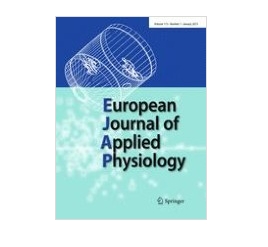Impellizzeri FM2, Ebert T3, Sassi A1, Menaspà P1, Rampinini E1, Martin DT3
1, Human Performance Laboratory, Mapei Sport Research Center, Castellanza, Varese, Italy;2, Neuromuscular Research Laboratory, Schulthess Clinic, Zurich, Switzerland;3, Department of Physiology, Australian Institute of Sport, Belconnen, Australian Capital Territory, Australia

This study compared the morphological and physiological characteristics of elite female mountain bikers with road cyclists of different specialties and competitive level. Twenty-seven professional road cyclists and 12 mountain bikers (MTB) were involved. Road cyclists were classified as flat specialists (n = 10, FL), time trialists (n = 5, TT) and climbers (n = 12, C). From these cyclists two subgroups were obtained and compared: world class road cyclists (n = 5) and MTB (n = 5). Maximum oxygen uptake, peak power output, oxygen uptake at respiratory compensation point and power output at respiratory compensation point were determined in the laboratory. Body surface area and frontal area were also estimated. TT and FL showed higher body mass, body surface and frontal area compared with C and MTB. Absolute physiological parameters were generally higher in TT than the other groups. The same parameters normalized by body mass were similar between TT, C and MTB but higher compared to FL. No differences were found between world class road cyclists compared with top level MTB. These results confirm that a cyclist’s morphological characteristics are important determinants of female cycling performance. Female MTB have anthropometric characteristics similar to road climbers, whilst the physiological profile was not different between time trialists and climbers. This suggests that, as for male professional cyclists, top level time trialists have an overall performance advantage over all types of terrain.
Eur J Appl Physiol. 2008 Feb;102(3):335-41. Epub 2007 Oct 18.
PMID: 17943306 DOI: 10.1007/s00421-007-0590-9